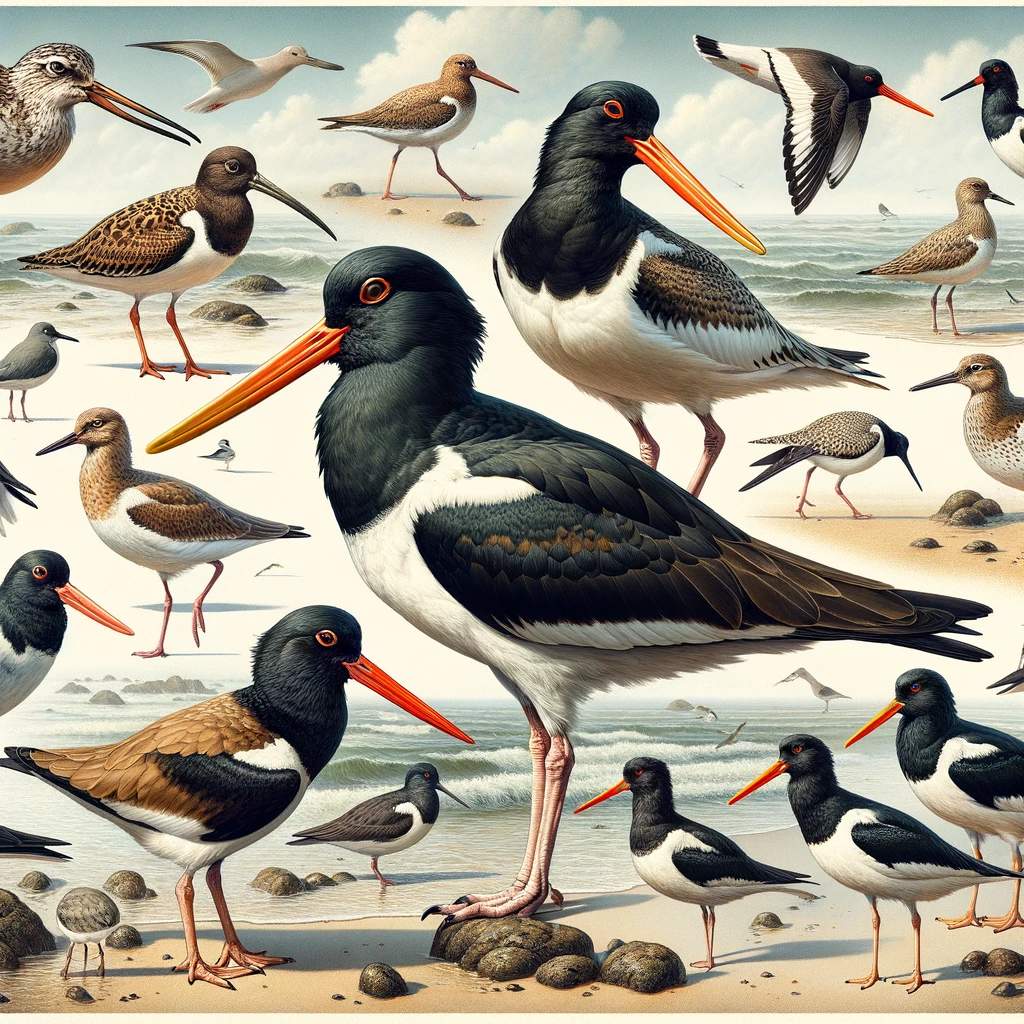
Nestled among the breathtaking landscapes of the majestic Himalayas, Nepal is home to diverse ecosystems that host an abundance of flora and fauna. One such fascinating aspect of Nepal's rich biodiversity is its birdlife, which includes a unique family known as the Haematopodidae. Let us look here into the captivating world of these extraordinary birds and explore their presence in the beautiful country of Nepal.
Understanding the Haematopodidae Bird Family
The Haematopodidae family, commonly referred to as oystercatchers, comprises several species of distinctive wading birds belonging to the order Charadriiformes. These remarkable birds can be identified by their striking black-and-white or all-black plumage, long red or orange bills, and notably stout legs that are perfect for traversing rocky shores and mudflats where they reside.
Oystercatchers primarily feed on mollusks like oysters, clams, and mussels, using their strong bills to pry open shells with impressive accuracy. Additionally, these fascinating creatures are known for their loud and distinctive calls that leave a lasting impression on bird enthusiasts and casual observers alike.
Haematopodidae in Nepal: A Unique Sight
While oystercatchers are widely found in coastal regions across the globe, certain species have made their way inland to countries like Nepal. The Eurasian Oystercatcher (Haematopus ostralegus) has been spotted in areas such as the Koshi Tappu Wildlife Reserve, a popular destination for birdwatchers.
Nepal's diverse range of habitats makes it an ideal location for many migratory birds to seek refuge during different stages of their life cycles. For the intrepid birdwatcher seeking sightings of these beautiful members of the Haematopodidae family, a visit to the Koshi Tappu Wildlife Reserve should be high on the list of must-visit birding destinations.
Exploring Birdwatching Opportunities in Nepal
If you're passionate about birds and planning a trip to Nepal, there are numerous birdwatching opportunities to satisfy your curiosity. In addition to the Haematopodidae, approximately 900 bird species have been recorded in the country, with several rare and endangered species found in national parks and nature reserves.
Embark on an immersive nature adventure by visiting places like Chitwan National Park, Bardiya National Park, or Sagarmatha National Park for a chance to witness an astonishing array of birdlife. Additionally, consider enlisting the help of local experts or experienced tour guides who can offer enriching insights into the many captivating birds residing in Nepal.
In Conclusion
Nepal is a treasure trove for nature lovers and bird enthusiasts alike, with the Haematopodidae family being just one of many remarkable bird species inhabiting this stunning landscape. Whether you're trekking through the hills or strolling among mangroves and wetlands, keep your eyes peeled for these fascinating creatures that make Nepal's biodiversity truly exceptional.
